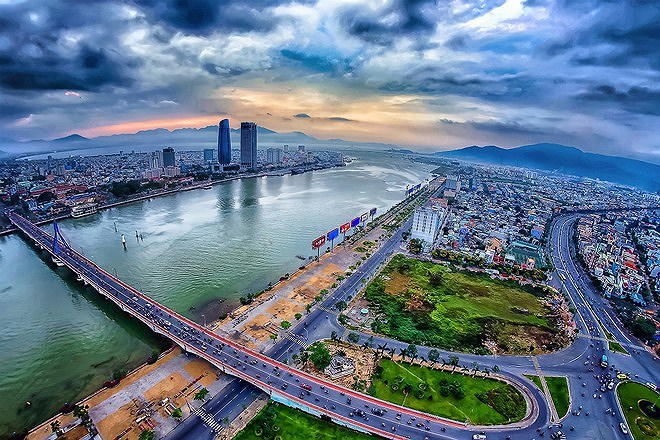Vietnam is poised to emerge strongly from the COVID-19 pandemic and place itself firmly on the radar of foreign investors, buoyed by rapid industrialisation and a fast-growing middle-class, experts told AsianInvestor which focuses on the region’s investment industry.
 At a factory in Vietnam (Photo: VNA)
At a factory in Vietnam (Photo: VNA)Vietnam is poised to emerge strongly from the COVID-19 pandemic and place itself firmly on the radar of foreign investors, buoyed by rapid industrialisation and a fast-growing middle-class, experts told AsianInvestor which focuses on the region’s investment industry.
According to an article posted recently, the optimism is based on the strong economic foundation built over a decade of steady GDP growth averaging 6 percent annually until 2019. Despite the pandemic setbacks in the last two years, new threats and inflation, the outlook is positive, experts said.
The World Bank predicts Vietnam’s economy to grow at 5.5 percent in 2022 while the IMF projects a higher 6.6 percent, up from 2.6 percent in 2021.
Speaking to AsianInvestor, VCG Partners chief executive Jason Ng projected that Vietnam’s GDP may grow by more than 7 percent this year with the rebound in consumption, the expectation for a full reopening of the country to foreign tourists and the recently approved stimulus aid package.
VCG is the Singapore subsidiary of VinaCapital, one of Vietnam’s leading investment management firms.
The Vietnamese Government approved a stimulus package of 15.3 billion USD to help pandemic-hit local businesses and workers.
The article continued that one of the key economic drivers is industrialisation, powered by foreign direct investments (FDI) which have not slowed down significantly despite the pandemic disruptions.
 A corner of the central city of Da Nang (Photo: VNA)
A corner of the central city of Da Nang (Photo: VNA)
About 15.8 billion USD of foreign capital flowed into the country in 2020, down slightly from 16.1 billion USD in the previous year, according to the World Bank. The official figure for 2021 is expected to be in the same ballpark, given that investors are attracted to Vietnam’s low-cost labour, young and educated workforce, stable currency, and generous corporate tax incentives.
Vietnam has signed a plethora of free trade agreements with the US, the European Union, China, Japan, the Republic of Korea, and ASEAN, which has enhanced its position as a manufacturing and export hub, the article underlined.
Another key driver is the rise in domestic consumption. The surge of foreign investments in recent years has created jobs and a vibrant middle class, as well as nurtured many local small and medium business owners who have become suppliers to the big manufacturers.
The emergence of the middle class – those earning 700 USD a month – will boost domestic consumption.
“The young middle class is digitally savvy, so e-commerce and the supporting distribution and logistics sectors are expected to benefit from it,” Ng said, adding that financial services, residential property, digital technology, and green products are potential investment opportunities.
The biggest current risks for foreign investors is the resurgence of inflation and the possible depreciation of the Vietnamese Dong against the US dollar.
Still, Vietnam, which has foreign reserves of more than 100 billion USD and a healthy trade surplus, would be able to hold up, the expert said./.